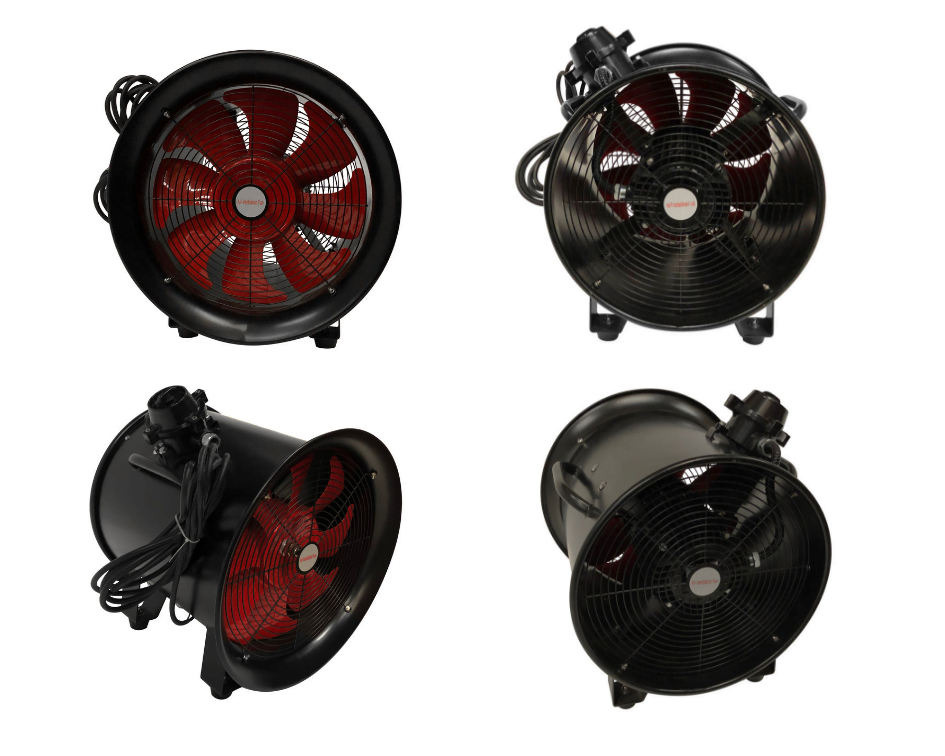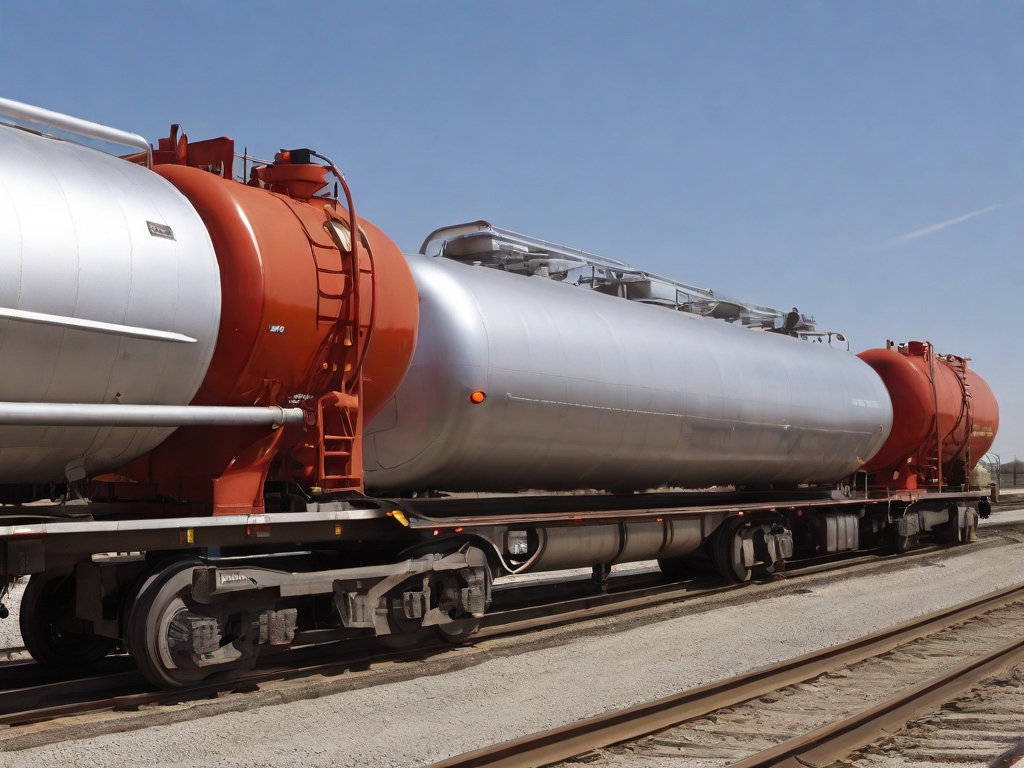When it comes to safety in hazardous environments, two terms often come to the forefront: intrinsically safe and explosion-proof. These terms refer to different types of safety equipment used in industries such as oil and gas, mining, and chemical processing. But what exactly do they mean, and how do they differ? In this article, we will delve into the specifics of these two types of equipment, their applications, and their differences. This information is crucial for businesses like the Intrinsically Safe Store, which specializes in providing safety equipment for hazardous environments.
What is Intrinsically Safe Equipment?
Intrinsically safe equipment is designed to operate in potentially explosive atmospheres without causing ignition. This is achieved by limiting the electrical and thermal energy to a level below what is required to ignite a specific hazardous atmospheric mixture.
Applications of Intrinsically Safe Equipment
Intrinsically safe equipment is commonly used in industries where there is a high risk of fire or explosion, such as oil and gas, mining, and chemical processing. Examples of intrinsically safe equipment include gas detectors, transmitters, and process controllers.
What is Explosion-Proof Equipment?
Unlike intrinsically safe equipment, explosion-proof equipment is designed to contain and isolate potential explosions. In other words, if an internal spark or explosion occurs within the equipment, the device’s design prevents the ignition of the surrounding atmosphere.
Applications of Explosion-Proof Equipment
Explosion-proof equipment is typically used in environments where explosive gases or dust are continuously present. Examples include lighting fixtures, junction boxes, and control panels used in industries like petrochemical and pharmaceutical manufacturing.
Differences Between Intrinsically Safe and Explosion-Proof Equipment
While both types of equipment are designed to prevent explosions, they do so in different ways. Here are some key differences:
- Intrinsically safe equipment prevents explosions by limiting energy output, while explosion-proof equipment contains and isolates potential explosions.
- Intrinsically safe equipment is typically lighter and more portable, making it suitable for handheld devices. In contrast, explosion-proof equipment is often larger and more robust.
- Explosion-proof equipment can be more expensive to install and maintain due to its heavy-duty construction and the need for special wiring and conduit.
Choosing the Right Equipment for Your Needs
Choosing between intrinsically safe and explosion-proof equipment depends on your specific needs and the nature of your work environment. It’s crucial to understand the potential hazards in your workplace and select equipment that provides the highest level of safety.
The Intrinsically Safe Store offers a wide range of both intrinsically safe and explosion-proof equipment, ensuring you can find the right solution for your needs.

Understanding the differences between intrinsically safe and explosion-proof equipment is crucial for ensuring safety in hazardous environments. While both types of equipment aim to prevent explosions, they do so in different ways and are suited to different applications. By understanding these differences, you can make informed decisions about the best safety equipment for your needs.
If you need further assistance in choosing the right equipment for your needs, don’t hesitate to contact us at the Intrinsically Safe Store. Our team of experts is always ready to help you navigate the complexities of safety equipment for hazardous environments.


























